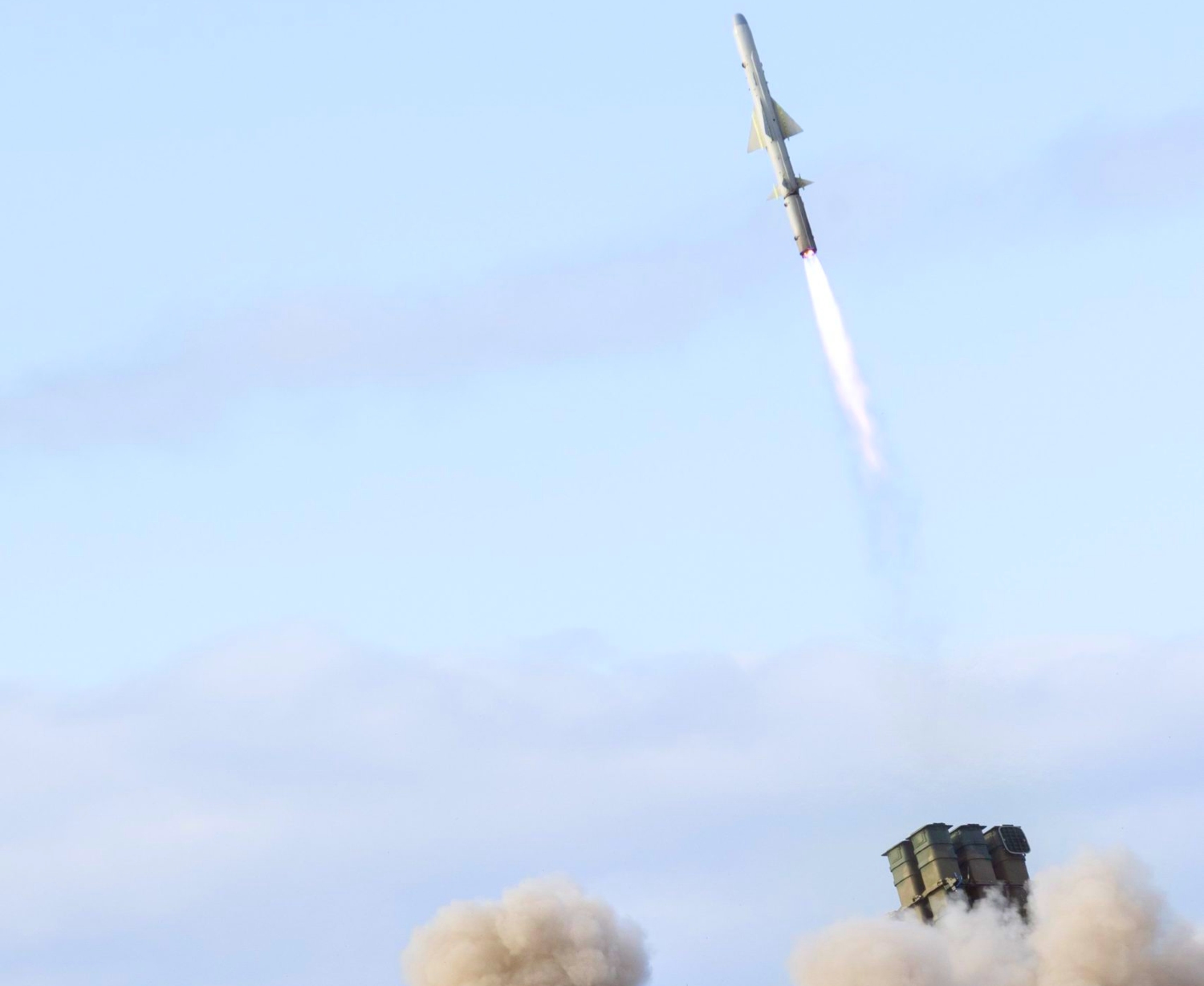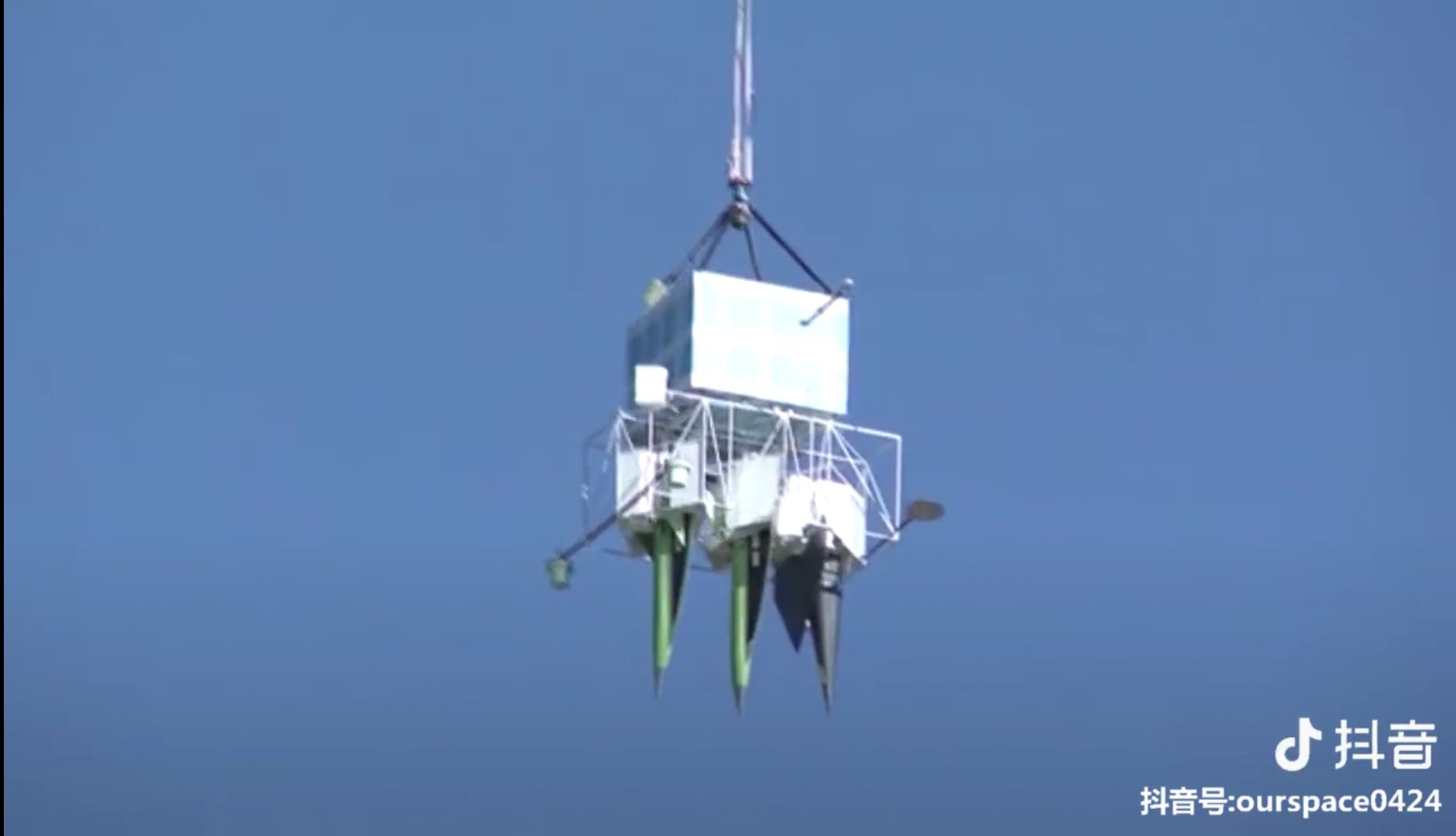Japan and the United States will jointly develop new missiles to intercept hypersonic and ballistic missiles developed by China, Russia, and North Korea.
Chinese Scientists “Discover” Game-Changing Tech To Detect Stealthiest Submarines Bursting US Navy’s Bubble
The agreement is expected to be reached at the US-Japan-South Korea trilateral summit scheduled to be held on August 18. This is the second such joint missile development project between Washington and Tokyo.
Meanwhile, Chinese Foreign Ministry spokesperson Wang Wenbin said that the trilateral summit is only aimed at “heightening confrontation and undermining other countries’ strategic security.”
“China is opposed to relevant countries’ patchwork of small circles that are heightening confrontation and undermining other countries,’ Wang added.
A report in The Yomiuri Shimbun said that the missile is expected to take ten years to develop. According to the Japan Times, it will be designed to shoot down hypersonic projectiles before their landing phase, when some start to fly at irregular trajectories to evade interceptors.
President Joe Biden and Prime Ministers Fumio Kishida and Yun Suk Yeol will also “agree to a mutual understanding about regional responsibilities and set up a three-way hotline to communicate in times of crisis,” a Reuters report quoted unnamed officials.
It is also broadly consistent with Japan’s efforts to develop ‘counterstrike’ capabilities that envisage both acquiring and indigenously developing a host of cruise, air-to-ground, land attack, hypersonic, and anti-ship missiles that can take out Chinese and North Korean missile sites.
Also, it aligns with exercises and military drills in the past that envisage Japanese participation in a US military intervention in the western Pacific. One of them is missile defense exercises, the last of which was held on June 25.
The missile will be the second joint development of an interceptor missile by Japan and the United States since the SM3 Block 2A was completed in 2017.
The nature of the missile and its configuration is not known. Still, given its vulnerability there, it is likely to be placed at the US bases in Guam and Japan, particularly the latter. Tokyo is legally bound to shoot down missiles and projectiles fired at the US mainland.
Hypersonic Missiles Difficult to Track & Intercept
Hypersonic weapons travel at speeds five times faster than the speed of sound (Mach 5) and fly at low altitudes on irregular trajectories, making them difficult to detect with existing radar and difficult to intercept.
China has tested its DZ-ZF Hypersonic Glide Vehicle (HGV) multiple times since 2014, while Russia used its Khinzhal aero-ballistic missiles in Ukraine in several instances. North Korea, too has conducted repeated launch tests of its nuclear-capable ballistic missile since September 2021.

This makes Russia and China the only two countries with operational hypersonic missiles. But the US’s programs like the Air-Launched Rapid Response Weapon (ARRW) have failed a few times, indicating its lag in the area.
Its latest defense strategy has described Pyongyang, Moscow, and Beijing as threats, and the perception has only hardened with Russian and Chinese naval and air exercises near Japanese waters and airspace.
“As a countermeasure, the Ministry of Defense is working to improve the capabilities of the Ground Self-Defense Force’s Type 03 medium-range surface-to-air missile (Chu-SAM),” the Yomiuri Shimbun said.
The new SM-6 missiles installed on the Maritime Self-Defense Force’s Aegis ships also have limited interception capabilities. However, in either case, it is impossible to intercept until the stage just before impact (terminal stage), which makes intercepting the only credible option. This is usually at the mid-course or the reentry phases.
But some hypersonic missiles fly within the atmosphere, like HGVs, changing directions rapidly, making them difficult to track and intercept.
To address these issues, the US is also developing a “satellite constellation,” in which many small satellites are coordinated and operated like a group. Called the Proliferated Warfighter Space Architecture (PWSA) of the Space Development Agency (SDA), the report possibly refers to the program that envisions 500 communications, data transfer, and missile tracking satellites.
The original objective, however, was to give Russia and Chinese a large number of space targets that would exhaust their anti-satellite missiles (ASAT). Japanese reports added that its Ministry of Defense is considering cooperation with the US to access this satellite network.

Japanese Counterstrike Program
Meanwhile, the Japanese government’s counterstrike capability is an ambitious program promoting the acquisition of “counterattack capability” to attack the other’s missile launch bases for self-defense.
The plan is to accelerate the joint development of new interceptor missiles and the development of long-range missiles that ensure counterattack capabilities and to quickly realize the “integrated air and missile defense” announced in the National Defense Strategy in December last year.
In December 2022, it approved a US$320 billion budget to develop ‘counterstrike’ capabilities in 2,000 to 3,000 km-range, cruise, ballistic, hypersonic missiles, and glide vehicles that can reach parts of China and North Korea.
It has already ordered air-launched missiles like the Norwegian Joint Strike Missile (JSM), the 1000 km-range US Joint Air-to-Surface Stand-Off Missile (JASSM), and the Long-Range Anti-Ship Missile (LRASM). These are part of the 2019 Medium Term Defense Program (MTDP).
It is also aiming to upgrade the range of its Type-12 surface-to-ship missile to 1,500 kilometers and deploy it by 2026. Five hundred US Tomahawks are planned to be fielded by 2027 in anticipation of a delay in developing the Type-12 missile upgrade project.
The most ambitious project is the indigenous 3,000 km-range hypersonic glide vehicle project, aimed at deployment by the mid-2030s.
- The author can be reached at satamp@gmail.com
- Follow EurAsian Times on Google News




